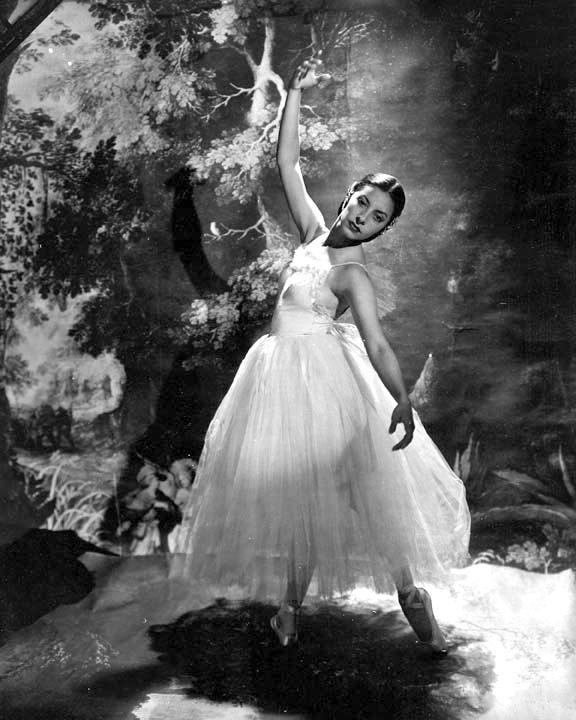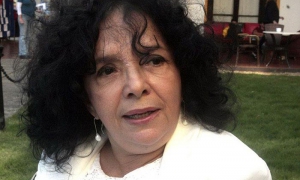
Five years ago, on a day like today, the news shook the world: the legendary Cuban ballerina Alicia Alonso passed away. Her virtuosity and unsurpassed technique in the art of ballet seemed out of this world, and many believed she would be eternal.
Although her physical presence on Earth was like that of any mortal, she lives on in the memory of all those who saw her dance, in the hearts of her people, in each of the dancers trained with the style and methodology of the Cuban school of ballet, of which she is its greatest exponent; as well as in the actions of the Ballet Nacional de Cuba, a company that continues the legacy of its founder.
Alicia will always be a transcendental figure in the history of classical dance, in her homeland and in the world. In addition to being one of the great dancers of the 20th century, she also stood out as a choreographer, teacher, director and promoter of dance. Through her art, she managed to place this small Caribbean island among the most representative ballet countries.
In each of her movements, the idiosyncrasy of her land was present: the sense of rhythm and the peculiar way Cubans move. She fought and succeeded in popularizing the art of ballet in Cuba, and another great of our culture, Alejo Carpentier, defined her as the National Artist.
Her stage presence was mesmerizing. The perfection of her technique was added to her histrionics and her incredible capacity to appropriate the style of each ballet, the feeling of each character and make it her own. Every movement, every gesture, no matter how small, was full of great sensitivity. Each performance was unique.
Alicia's interpretations were distinguished by technical and interpretative virtuosity. Not a few critics agree that she was the greatest of all Giselles.
Last year, as a tribute to the 80th anniversary of the first time she played this character, the Spanish publishing house Ediciones Cumbres published the illustrated book Alicia Alonso. Giselle: The Eternal Instant.
The editor of this title, journalist, writer and cultural promoter Mayda Bustamante, conceived it "not as an exhaustive compilation of her career in this role, but as a search for the defining flashing moment, a journey through her most relevant corners, as her contemporaries saw her, the phrases that catapulted her into the monument that she is: the universal gallows of ballet."
Among the opinions compiled in the text is that of critic Arnold Haskell: "How can you interpret Giselle if Giselle is you? Your work will remain long after you have stopped dancing." Who has left such a mark continues to live on in the soul of culture.






